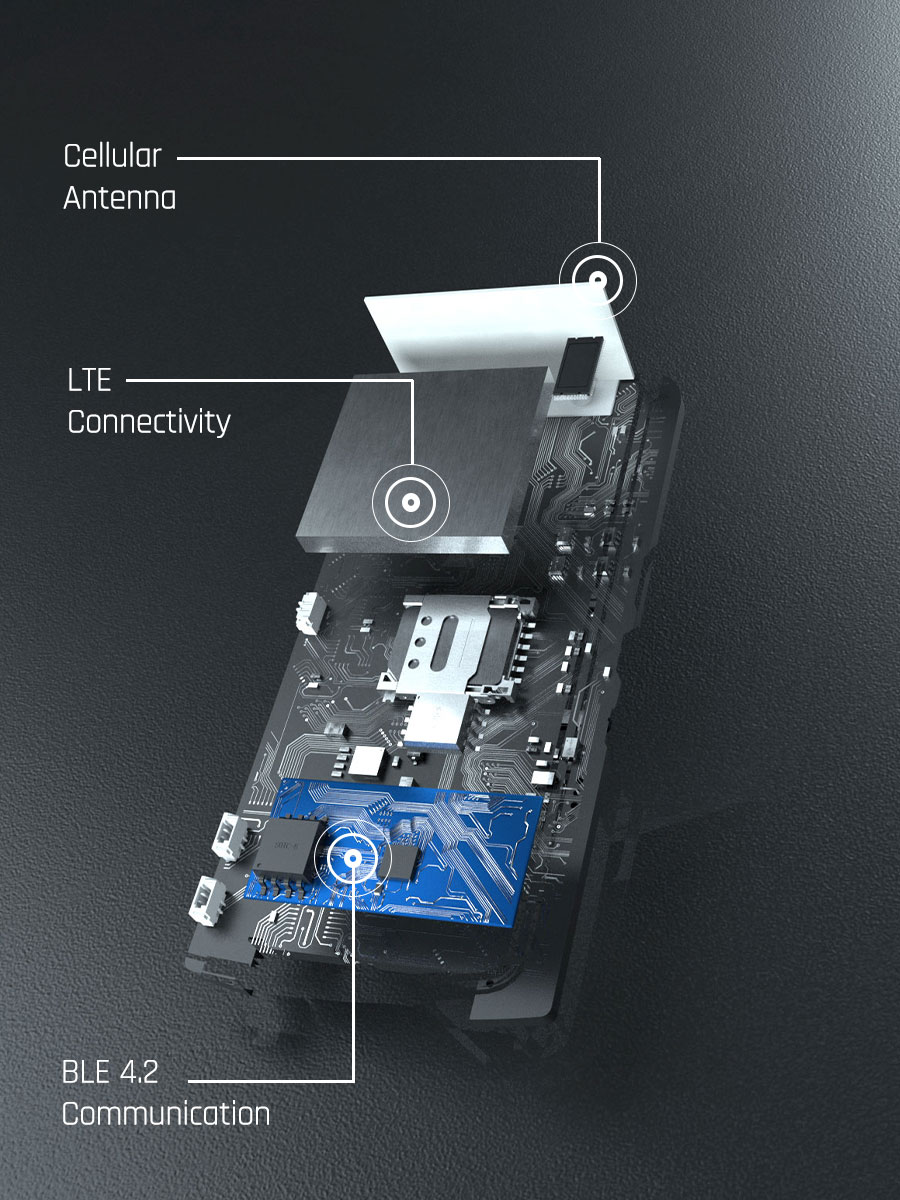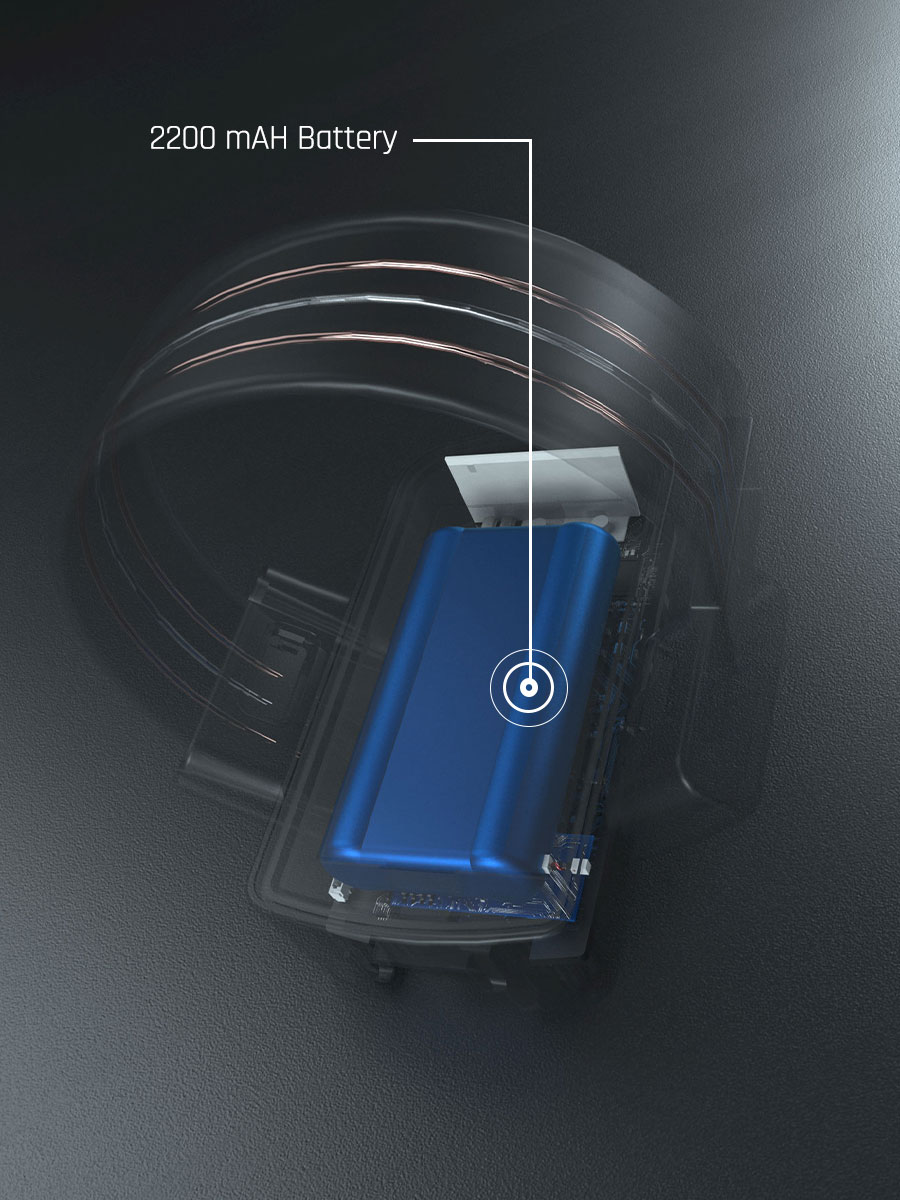Ever wondered how authorities keep track of offenders outside prison walls? The answer often lies in the small, yet powerful, GPS ankle bracelets. These devices play a crucial role in monitoring offenders, ensuring public safety, and providing a second chance for many. Let's dive into the fascinating world of GPS ankle bracelets and uncover how they track movements and keep our communities safer.
GPS ankle bracelets, also known as electronic monitoring devices, are wearable technology used to track the location of offenders in real-time. These devices are typically locked around the ankle and use Global Positioning System (GPS) technology to report the wearer's movements to monitoring authorities.
At the heart of these devices is GPS technology, which uses a network of satellites to determine the precise location of the wearer. The ankle bracelet continuously sends location data to a central monitoring system via cellular networks.
A typical ankle GPS prisoner tracker consists of several key components:
GPS Receiver: Captures signals from GPS satellites.
Cellular Modem: Transmits location data to the monitoring center.
Battery: Powers the device, requiring regular charging.
Tamper Sensors: Detect any attempts to remove or disable the device.

GPS technology revolutionized offender monitoring by providing real-time data on the wearer's location. This allows authorities to enforce curfews, monitor exclusion zones, and ensure compliance with court orders.
Compared to traditional monitoring methods like physical check-ins or house arrest, GPS ankle bracelets offer continuous supervision and immediate alerts for any violations, making them a more effective tool for law enforcement.
Fitting the Device: The bracelet is securely attached to the offender's ankle.
Initial Configuration: The device is configured with the necessary settings, such as inclusion and exclusion zones.
Activation: The bracelet is activated, and test signals are sent to ensure proper functionality.
Some challenges include ensuring a proper fit to prevent tampering and dealing with signal interference in certain areas. These issues are often addressed through careful installation and regular system checks.

GPS ankle bracelets are used for various types of offenders, including:
Parolees: Individuals released from prison under supervision.
Domestic Violence Offenders: To enforce restraining orders.
Sex Offenders: To monitor movements and enforce exclusion zones.
Pre-trial Detainees: As an alternative to jail while awaiting trial.
While GPS ankle bracelets are effective, they raise significant privacy concerns. Critics argue that constant surveillance can infringe on personal freedoms and privacy rights.
Laws vary by jurisdiction, but generally, the use of GPS ankle bracelets is governed by strict legal frameworks to balance public safety with individual rights.
By providing continuous monitoring, GPS ankle bracelets help prevent crimes and ensure that offenders comply with court orders.
These devices are often more cost-effective than incarceration, reducing the financial burden on the prison system.
By allowing certain offenders to serve their sentences outside of prison, GPS ankle bracelets help alleviate overcrowding in correctional facilities.
House arrest confines offenders to their homes, offering less flexibility and fewer opportunities for reintegration into society compared to GPS monitoring.
While parole officers play a crucial role, they cannot provide continuous, real-time monitoring like GPS ankle bracelets.
Drug testing monitors substance use but does not provide location data, making it less comprehensive than GPS tracking.
Gosafe tracker GPS ankle bracelets have transformed the way we monitor offenders, offering a blend of security and flexibility. While they come with challenges, their benefits in enhancing public safety and reducing prison overcrowding are undeniable. As technology advances, we can expect even more efficient and effective monitoring solutions.
1. What happens if the bracelet is tampered with?
If a GPS ankle bracelet is tampered with, an alert is immediately sent to monitoring authorities, who can then take appropriate action.
2. Can GPS ankle bracelets track everywhere?
While GPS ankle bracelets are highly effective, they can sometimes lose signal in buildings with thick walls or underground locations.
3. How accurate are GPS ankle bracelets?
GPS ankle bracelets are generally very accurate, often pinpointing locations within a few meters.
4. Do offenders have any rights regarding these devices?
Yes, offenders have rights, including the right to challenge the use of the device in court if they believe it infringes on their privacy or is used unfairly.
5. What are the costs associated with GPS ankle bracelets?
Costs can vary, but they are typically covered by the state or the offender, depending on the terms set by the court. They are generally more cost-effective than incarceration.
